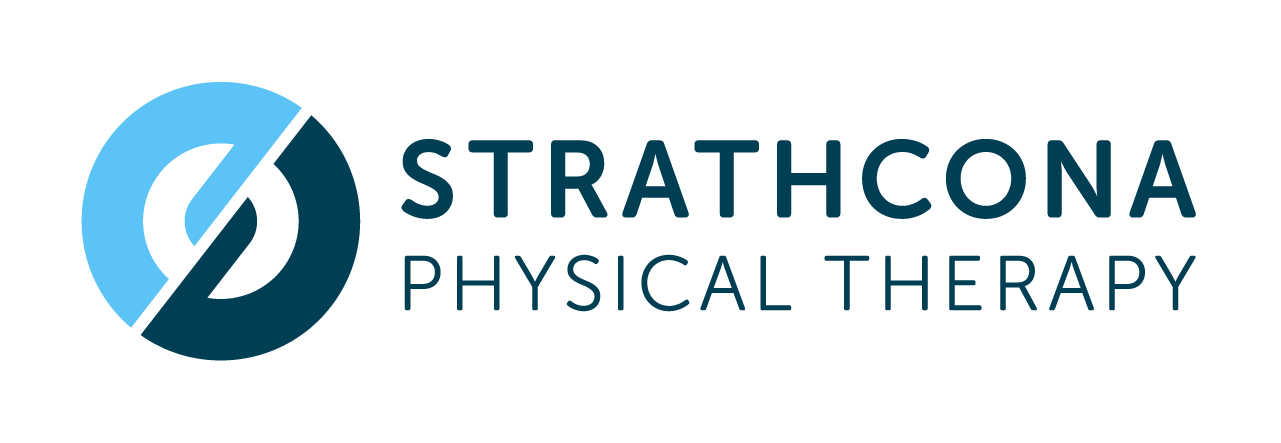Loading-induced Cartilage Regeneration
There are various disease processes affecting cartilage integrity in the joint. Degeneration of the joint structures (such as cartilage, meniscus, subchondral bone, capsule, synovium etc.) eventually lead to severe functional limitations and unbearable pain. One of the most common diseases of the joint is osteoarthritis (OA). OA is a complex disease which leads to structural and functional alterations in the entire joint, including the degeneration of the cartilage. There are exciting new advances in the treatment of arthritis (including OA). In this post, I will try to answer the questions: does cartilage have the potential to regenerate with optimal loading or exercise? Do cartilage lesions heal with mechanical loading?
Please note that optimal mechanical loading is not synonymous with exercise. Exercise is a general term that covers a broad range of activities and movements. On the other hand, I define optimal mechanical loading as a specific type of movement that takes tissue properties, patient factors, frequency and intensity of loading and many other factors into consideration.
Effects of mechanical loading on bones and muscles is more established. We know that a specific type of loading can lead to significant bone growth (see Davison et al, 2019). Studies show that the response is similar with cartilage. For example, in a randomized control trial of 45 participants with higher risk for developing OA, the exercise group exhibited a significant improvement in glycosaminoglycan (GAGs) content of the cartilage. GAGS are the building blocks of the macromolecules crucial for cartilage survival. In other words, there is some evidence that optimal loading can lead to improvement of essential molecules of the cartilage in humans who are under greater risk of developing arthritis (i.e., people with prior meniscal tears or injuries).
Moreover, studies have demonstrated increase in gene expression of cartilage explants after electrical stimulation alone (see Brighton et al, 2008). However, creatively combing electrical stimulation and appropriate loading is more practical and leads to lesser side effects (Liu et al, 2022). Liu and colleagues creatively used loading-induced piezoelectric stimulation to induce regeneration in cartilage-defective knees of rabbits. Essentially, the authors used a biodegradable device inside the rabbit knees that produced a current upon specific loading. This led to significant regeneration of cartilage in the cartilage-deficient knees. Can we apply this approach to humans with severe knee/hip OA? Time and more research will reveal.
So, how does this all work? What’s so special about loading that helps to regenerate cartilage? It comes down to the mechanical stress (energy) and stem cell proliferation and differentiation in the process of regeneration. I will not get into the details of the cell biology of it, but it is quite interesting; and you may refer to the references section to read some cool papers on this topic. Having said that, we do not fully understand the cellular mechanisms of how this happens. We also do not fully understand the loading parameters, and more research in the field will shed light on these interesting topics.
Finally, good quality human studies may be conducted soon, as these advances are very recent and game changing, if established. I can start to imagine a day, where many people will use conservative means to deal with/manage cartilage loss and degeneration (e.g., moderate-severe OA) instead of resorting to surgery. In the meantime, in every stage of arthritis, there is an exercise/loading you can do to improve your symptoms, improve your functional limitations, and even perhaps help regenerate the lost or defective cartilage. Those who have moderate-severe arthritis should see a physiotherapist to get a holistic assessment and also a get specific loading program for their specific needs and goals.
References:
eele, J., Bruce-Low, S., Smith, D., Osborne, N. & Thorkeldsen, A. Can specific loading through exercise impart healing or regeneration of the intervertebral disc? Spine J.15, 2117–2121 (2015).
Smith, J. K. Exercise as an adjuvant to cartilage regeneration therapy. Int. J. Mol. Sci.21, 9471 (2020).
Liu, Y. et al. Exercise-induced piezoelectric stimulation for cartilage regeneration in rabbits. Sci. Transl. Med.14, eabi7282 (2022).
Tong, X. et al. The effect of exercise on the prevention of osteoporosis and bone angiogenesis. Biomed. Res. Int.2019, 8171897 (2019).
Wellsandt, E., & Golightly, Y. (2018). Exercise in the management of knee and hip osteoarthritis. Current opinion in rheumatology, 30(2), 151-159.
Positive effects of moderate exercise on glycosaminoglycan content in knee cartilage.
Schmidt, A.; Bierwirth, S.; Weber, S.; Platen, P.; Schinköthe, T.; Bloch, W. Short intensive exercise increases the migratory activity of mesenchymal stem cells. Br. J. Sports Med. 2009, 43, 195–198. [CrossRef] [PubMed]
D. C. Zuzzi, C. de Campos Ciccone, L. M. G. Neves, J. S. Mendonça, P. P. Joazeiro, M. A. M. Esquisatto, Evaluation of the effects of electrical stimulation on cartilage repair in adult male rats. Tissue Cell 45, 275–281 (2013).

